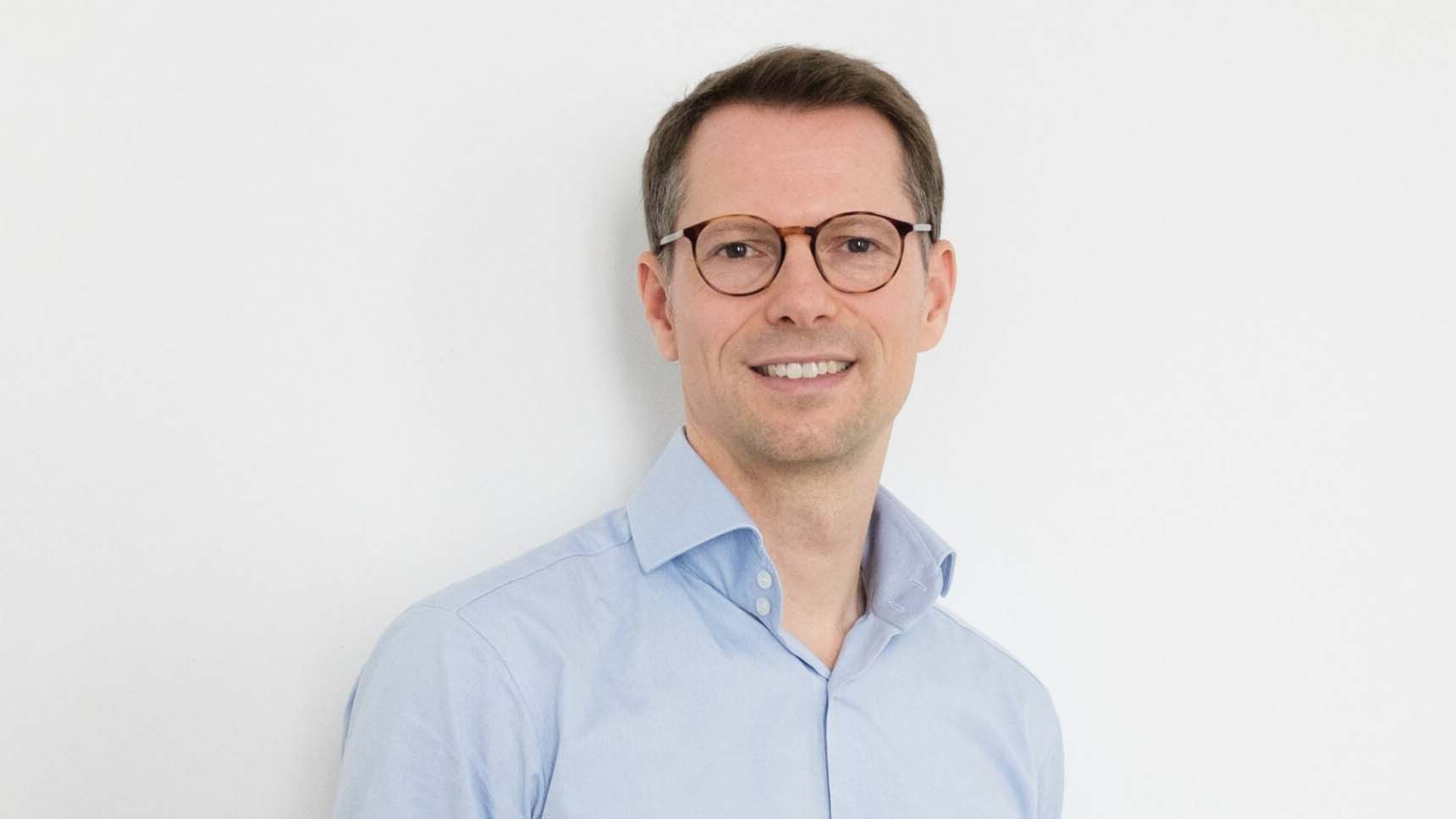Open Runway, retailer of high-end, custom-made shoes and handbags, is shutting down. Open Runway, which began life as Sole Envie, was part of the movement toward mass-customization of fashion items that includes Gemvara, Blank Label, and Bow and Drape. The company was a MassChallenge finalist in 2010 as well as a Springboard participant that year.
I asked co-founder and CEO Monika Desai to talk to me about Open Runway and she graciously agreed, hoping other entrepreneurs will benefit from reading about her experiences.
Q. What was the idea behind Open Runway?
A. I had a pair of shoes custom-made for my wedding and realized that I really enjoyed the experience of designing my own fashion and expressing myself. The positive reaction I got from friends got me thinking there may be a market for custom shoes and other accessories. However, using a cobbler to make the shoes was not only hard to find but also cost prohibitive. The idea behind Open Runway was to make customized fashion accessible to a larger audience at a lower cost through an interactive and fun shopping experience for customers.
Q. Was Open Runway primarily a fashion company or an e-commerce company?
A. We started out thinking of Open Runway as a straight e-commerce play. As we began developing the business it became clear that without a good brand identity it was unlikely we’d be able to attract customers at the price point that we were positioning our products at. I’m sure a lot of e-commerce companies have the same epiphany where they realize that just delivering your products is not enough. You need to really find a way to have your customers identify with you and trust you.
Q. Which was the biggest challenge: manufacturing or marketing?
A. Far and away it was the manufacturing. Not that manufacturing a run of shoes or bags is all that difficult but setting up a relationship with a manufacturer to make customized shoes or bags one at a time is an order of magnitude more difficult and complex.
We had a very challenging time finding a manufacturer who could work with our business model of on-demand manufacturing. Factories are set up to mass produce thousands of the same exact shoes/bags at a time, whereas we needed them to produce just one – each one a different combination of styles, materials, etc. While it can be done, it requires a forward thinking factory that is willing to change their processes to accommodate this way of manufacturing and do so in an efficient manner. It also requires cooperation throughout the whole supply chain. Not only did we have to find a factory that could accommodate our model, we needed to find leather, soles, heel and other component suppliers that had very low minimum order requirements and fast turn around times. We were further challenged because of the dwindling footwear and handbag industry in the US, which forced us to produce overseas and hire people on the ground to oversee everything. I personally visited over 50 factories in China, Mexico, India and Europe. This is not to say that marketing was easy, but it was the same challenge that any other new fashion company would have to deal with. The manufacturing was by far the bigger hill to climb.
Q. How was your time with MassChallenge?
A. Open Runway was a finalist during MassChallenge’s inaugural year and it was a great experience. I found it to be a very enriching and supportive environment. It was also a great way to gain exposure and it provided lots of networking opportunities. John Hawthorne and Akhil Nigam have done a fantastic job of developing a thriving startup ecosystem in Boston and I would encourage all early stage startups to apply to MassChallenge.
Q. Do you recommend Springboard to other female entrepreneurs?
A. I highly recommend Springboard Enterprises for female entrepreneurs who are looking to raise venture capital. Unfortunately, venture capital is still a very male dominated world. Only 7% of venture capital goes to women led enterprises. Springboard Enterprises does a great job vetting high growth potential companies led by women, assigning them to a team of advisors, and then putting them through an intensive boot camp to improve their presentation skills and their pitches in a supportive and friendly environment. The program culminates with a venture capital forum where you have the opportunity to present to an audience of angel, venture and corporate investors. Not only did my confidence improve greatly when pitching but I gained access to an invaluable network of industry experts and influencers.
Q. What went right with Open Runway?
A. We were able to create what I felt was a very on-target, interactive and engaging online shopping experience on a very modest budget. Our web design and other collateral really captured the brand. We were also able to garner a lot of support and interest from customers and the press before we even launched.
Q. What were the biggest challenges you faced?
A. Manufacturing, as I mentioned before, was our number one challenge. Looking for funding was also quite challenging. A couple different aspects made it so. First, Boston’s investment community is more focused on tech companies and not so much on consumer and fashion. At the time, fashion tech was a little ahead of the curve as far as solid investment dollars flowing in. Second, we focused a lot of our energy trying to raise a large first round when going for a smaller investment to move us forward may have been a better way to go.
Q. What would you do differently if you were starting again?
A. From a manufacturing standpoint I would significantly reduce the complexity of the product line by offering fewer styles and options out the gate. We were too worried about being all things to all people instead of just focusing on getting one product out the door and validating our model. I would also be less concerned with finding a manufacturer that could scale as we grow. I thought too much about the future and how our manufacturers were going to be able to handle future demand when we didn’t even have customers yet! Same thing with our software development – if I were to start again I would launch with only the absolute necessary features.
Lastly, I would focus on getting smaller angel investments instead of swinging for the fences for a bigger round.
Q. What advice do you have for other first-time entrepreneurs?
A. Lower your standards. Don’t try to have all the features in the first version of the project and don’t stress if your product or brand identity isn’t where you want it to be. Sketch out your vision and have a roadmap but don’t try to launch with everything. With product features, if you even have to ask yourself whether it should be in or out, it almost certainly should be out. The number one thing you should be thinking about is how little you can do to get something out the door into people’s hands so you can start validating the concept.
Be careful about who you take advice from and what advice you take. Most people mean well when they are giving you their advice and feedback, which is based on their experience and view of things. At the end of the day, though, it’s your company. You are the one with the vision and you are the one who needs to execute so trust your gut.
Q. What’s next for you?
A. I just had a baby in August so I’m officially taking some time off while I evaluate different opportunities and ideas. Building Open Runway was an incredible experience. There is nothing like building a company from scratch and seeing your vision come to life. I would love to (and probably will) start another company but I’m also open to taking on a role at a promising startup.



